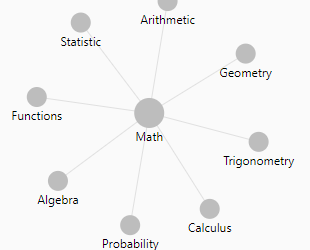About
A Probability distribution function is a function that is used that specify relative likelihood (probability) of different outcomes of a single experiment.
Duplicate of Statistics / Probability - Distribution - (Function)
It assigns a probability (a nonnegative number) to each possible outcome.
The probabilities of all the possible outcomes must sum to 1.
Articles Related
Uniform distribution
Often the probability distribution is a uniform distribution. It assigns the same probability to each outcome.
To model rolling a die, the possible outcomes are 1, 2, 3, 4, 5, and 6, and the probabilities are
Pr(1) = Pr(2) = Pr(3) = Pr(4) = Pr(5) = Pr(6) = 1/6
In Python:
Pr = {1:1/6, 2:1/6, 3:1/6, 4:1/6, 5:1/6, 6:1/6}
To model the flipping of two coins, the possible outcomes are HH, HT, TH, TT and the probability of all outcomes is 1/4. In Python,
Pr = {('H', 'H'):1/4, ('H', 'T'):1/4, ('T', 'H'):1/4, ('T', 'T'):1/4}
